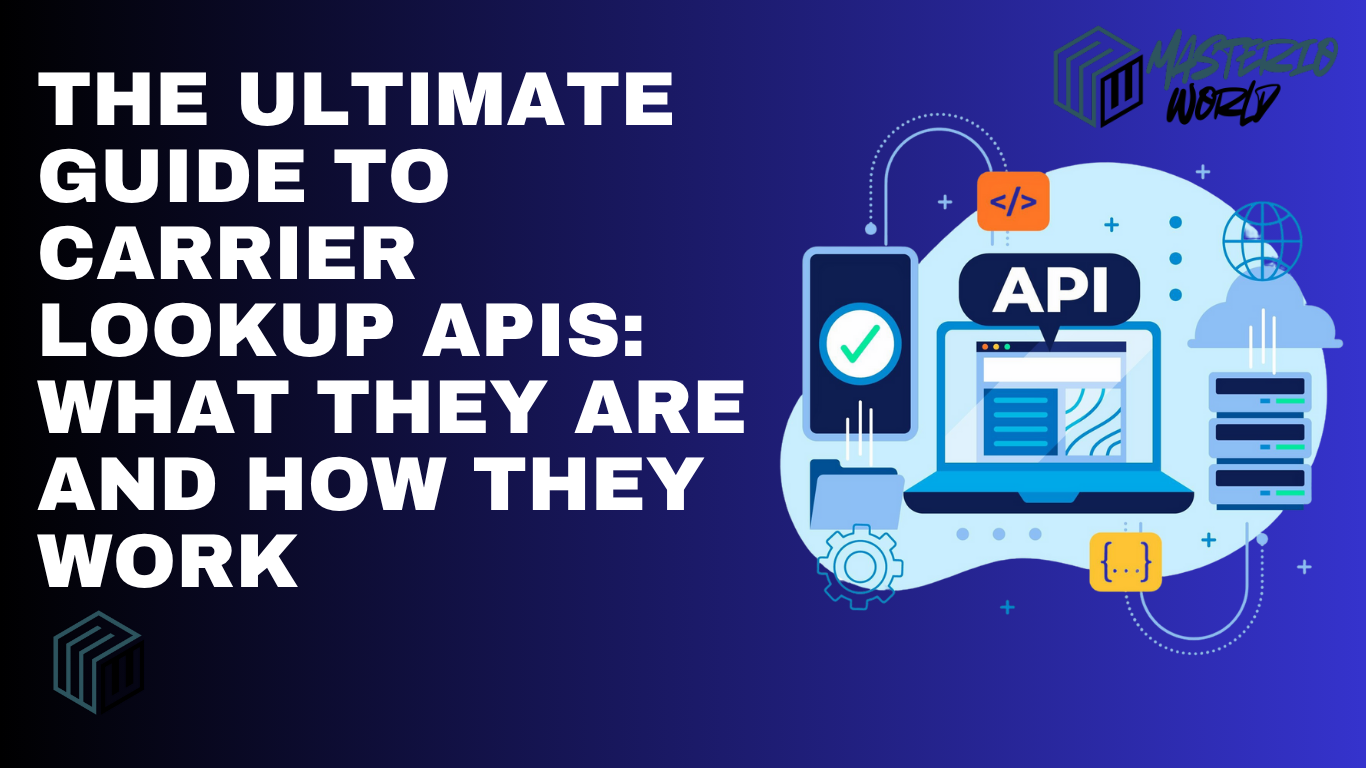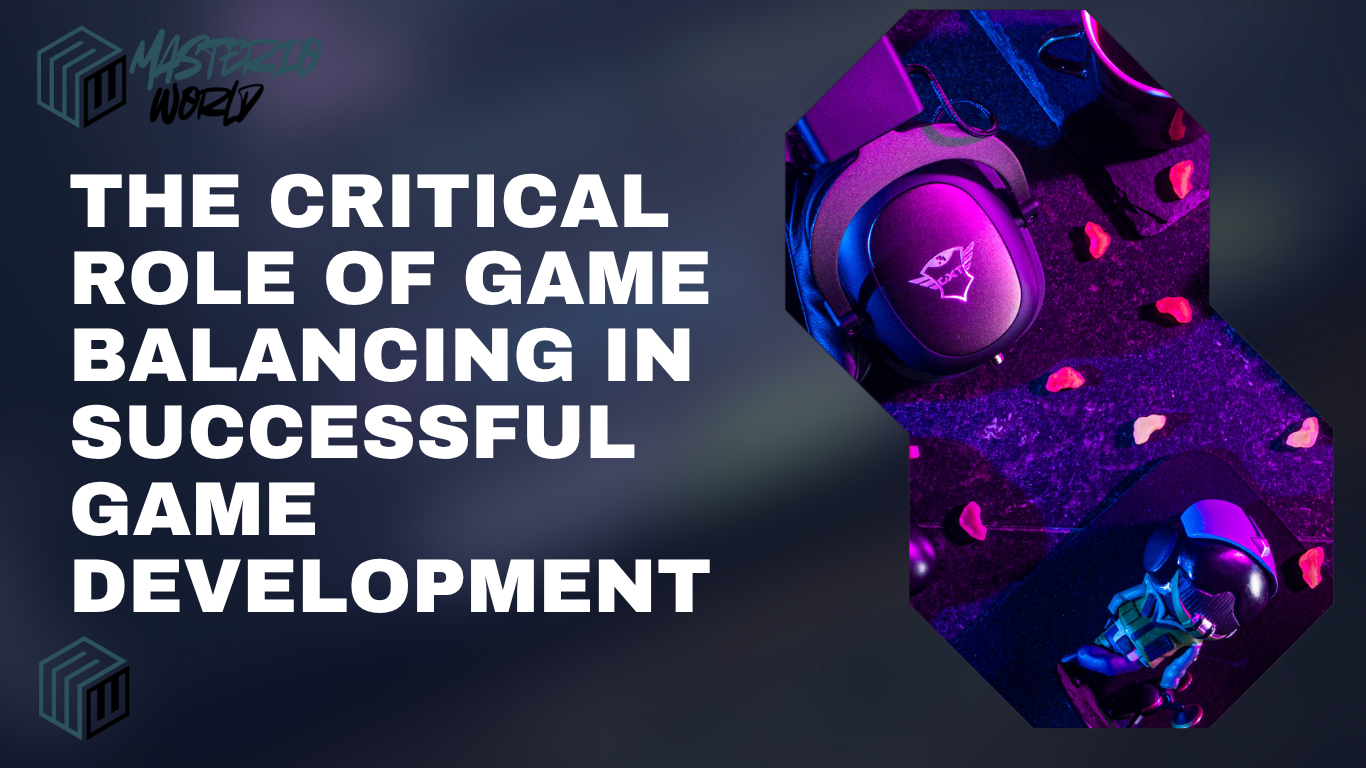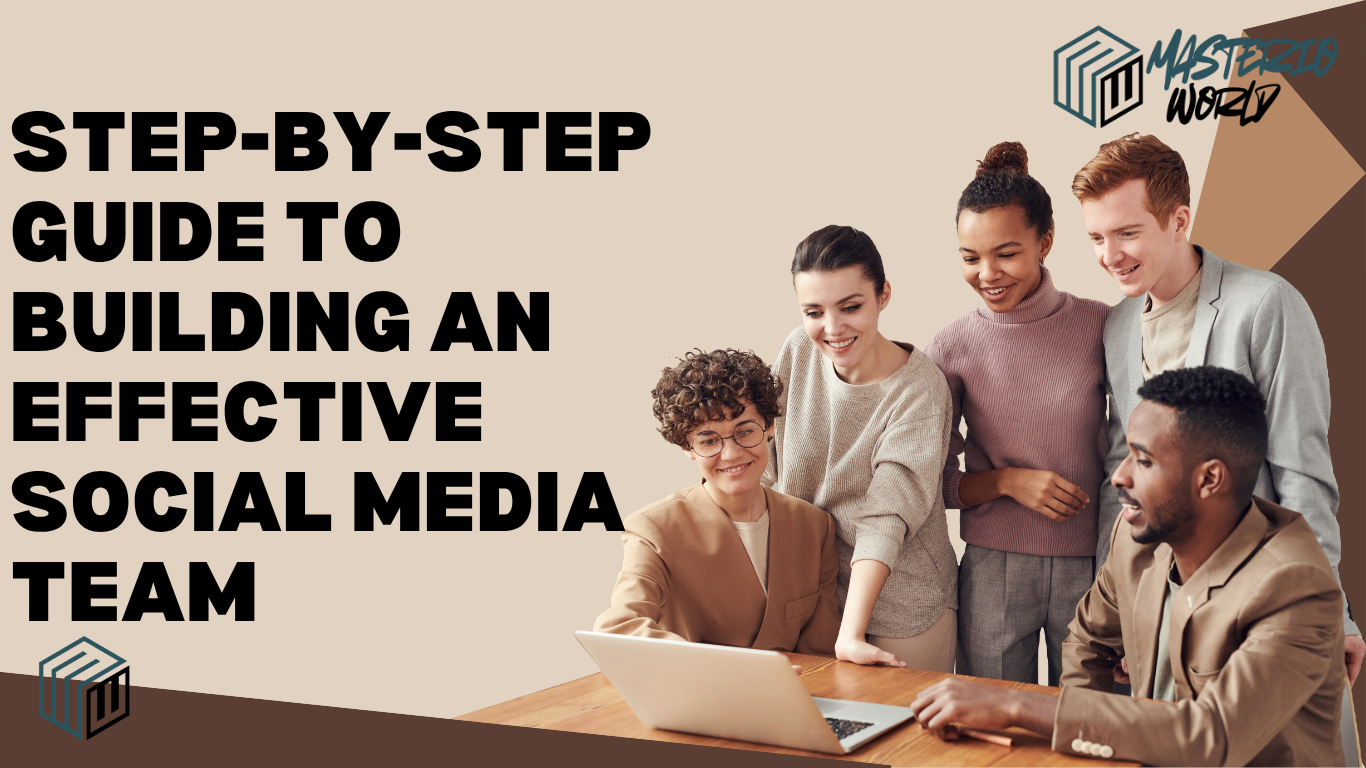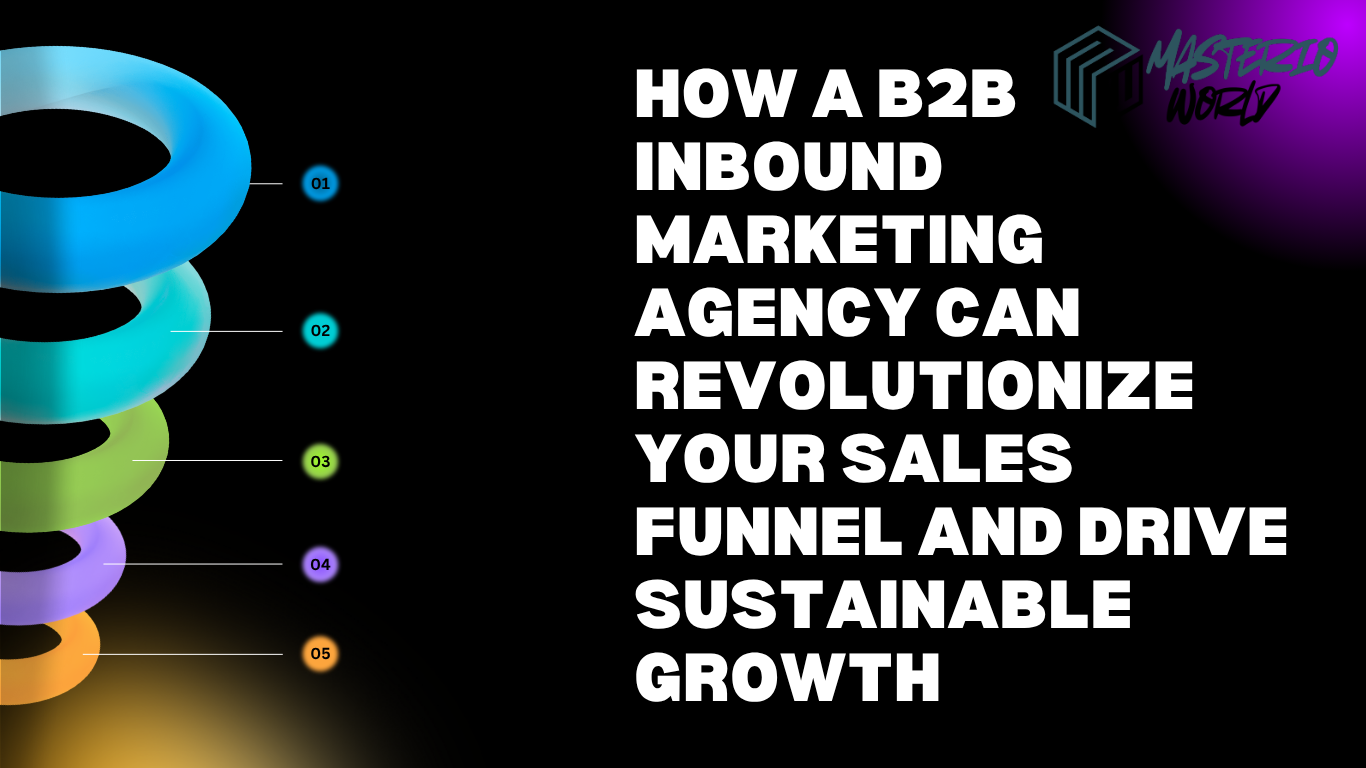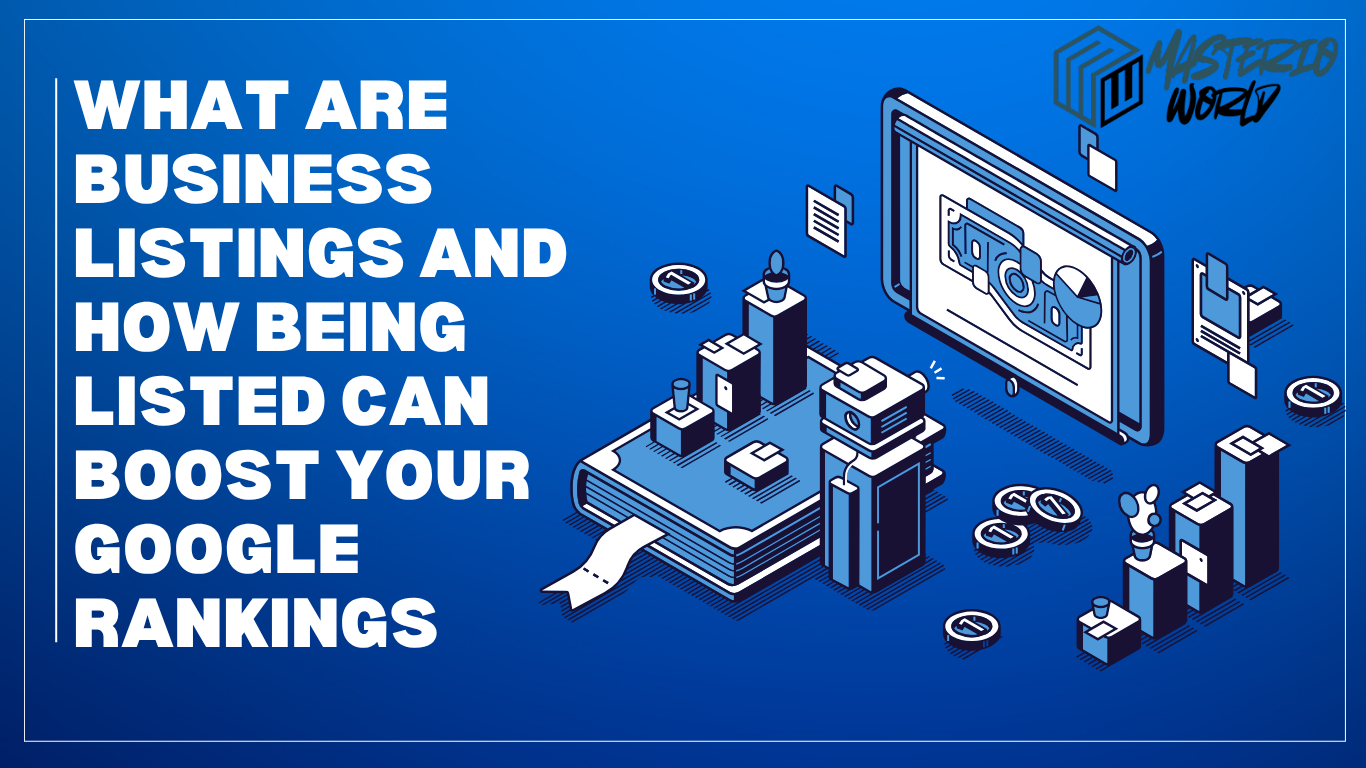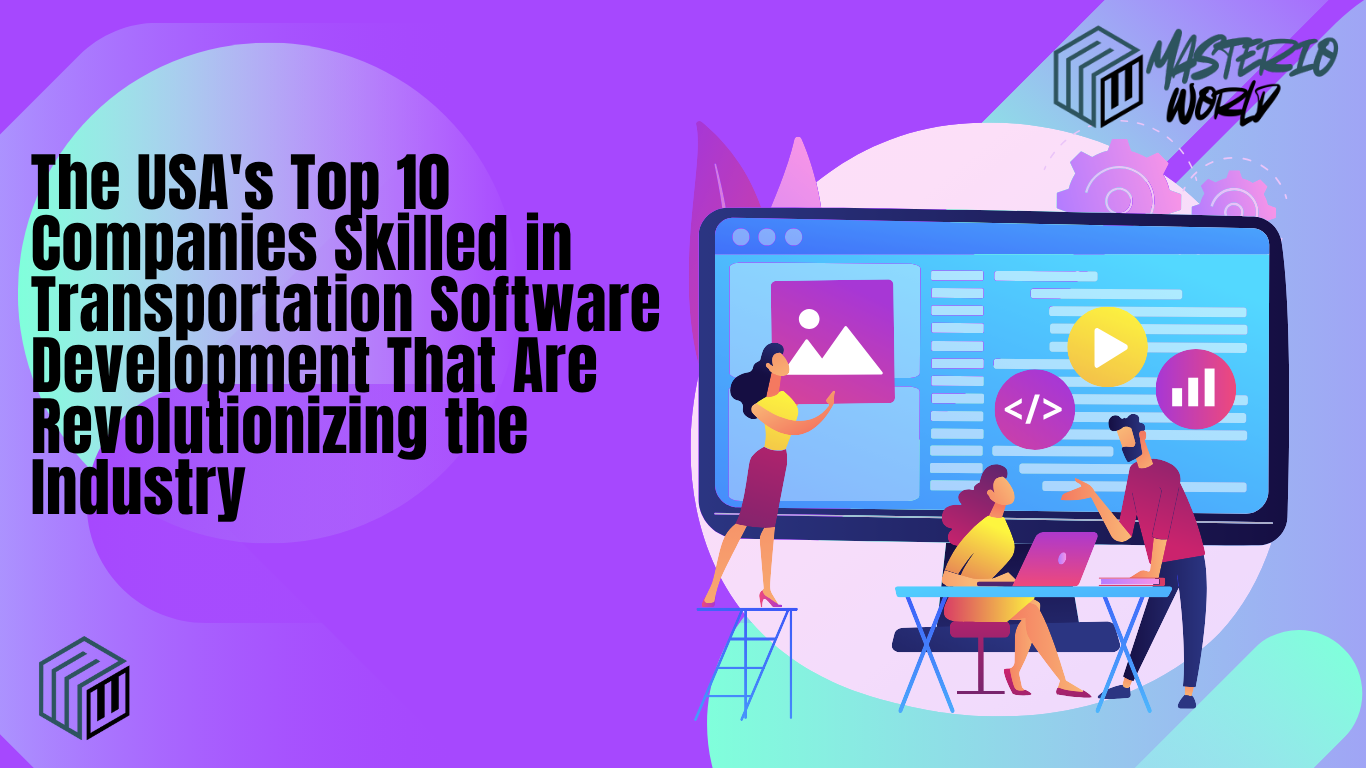Introduction
If luxury had a face, it would undoubtedly belong to Cartier watches. Often referred to as the Jeweller of Kings and the King of Jewellers, Cartier’s timepieces are more than just tools for telling time—they’re symbols of elegance, sophistication, and rich heritage. Whether you’re a dedicated watch lover or simply in search of a classic piece, Cartier’s collection is truly captivating.
______________________________________
The History of Cartier Watches
The Founding of Cartier
Established in Paris in 1847 by Louis-François Cartier, the brand quickly became a favorite among royalty and the elite. However, it wasn’t until the early 1900s that Cartier made its mark in the world of watchmaking.
Transition into Luxury Watchmaking
In 1904, Louis Cartier designed one of the very first wristwatches, the Cartier Santos, for aviator Alberto Santos-Dumont—this marked a significant shift for Cartier from jewelry to horology.
Key Milestones in Cartier’s Horological Journey
- 1917: The introduction of the iconic Cartier Tank
- 1985: The launch of the elegant Panthère de Cartier
- 2007: The arrival of Ballon Bleu, which quickly became a favorite among celebrities
________________________________________
What Makes Cartier Watches Special?
Design Philosophy
Cartier watches beautifully combine art deco elegance with modern precision. Their sleek lines, gracefully curved cases, and classic Roman numerals make them instantly recognizable.
Iconic Features & Innovations
From the square-shaped Tank to the elegantly curved Ballon Bleu, Cartier’s designs are truly iconic. Many models showcase blue sapphire cabochons, intricately guilloché dials, and sword-shaped hands.
Use of Premium Materials
Cartier is committed to using only the finest materials, such as 18k gold, platinum, and stainless steel, often paired with luxurious leather straps or metal bracelets—resulting in watches that are as sumptuous to wear as they are to behold.
________________________________________
Factors Behind Cartier’s Popularity
Celebrity Endorsements
From the iconic Princess Diana and the artistic Andy Warhol to today’s stars like Jake Gyllenhaal and Dua Lipa, Cartier watches are a favorite among celebrities from all walks of life.
Royal Associations
Cartier has proudly served as the royal jeweler for over 15 royal families. King Edward VII famously dubbed it “the jeweller of kings and the king of jewellers.”
Timeless Appeal and Brand Trust
While fashion trends may fade, Cartier’s allure remains timeless. Their watches seamlessly combine classic elegance with modern flair, making them beloved by generations.
________________________________________
Top 7 Most Popular Cartier Watches
1. Cartier Tank
Origin and Design Inspiration
Inspired by the Renault tanks of World War I, the Cartier Tank’s rectangular case revolutionized watch design when it debuted in 1917.
Notable Tank Variants
- Tank Louis Cartier: A sophisticated classic
- Tank Française: A sportier, bracelet-style option
- Tank Solo: A simpler, more budget-friendly choice
Who Wears the Tank?
Icons like Jackie Kennedy, Princess Diana, and Michelle Obama have all donned this watch. It truly is the ultimate power accessory.
________________________________________
2. Cartier Santos
The First Pilot Watch Ever
Created in 1904 for aviator Santos-Dumont, this was one of the first wristwatches designed specifically for men.
Key Design Highlights
With its square case, exposed screws, and striking Roman numerals, it strikes a perfect balance between industrial and elegant.
Popular Models
- Santos de Cartier Large
- Santos-Dumont
- Santos Skeleton
________________________________________
3. Cartier Ballon Bleu
The Curvy Elegance of Ballon Bleu
Launched in 2007, its rounded case and fluted crown adorned with a blue sapphire give it a whimsical, balloon-like charm.
Unisex Appeal
This watch is adored by both men and women, with Kate Middleton often seen sporting one.
Famous Fans
Celebrities like Johnny Depp, Sofia Vergara, and Dua Lipa have all been spotted wearing the Ballon Bleu.
________________________________________
4. Cartier Panthère
Feminine Grace and Boldness
Launched back in the 1980s, the Panthère de Cartier beautifully blends jewelry-like elegance with Swiss precision.
Popular With Fashion Icons
This stunning piece has been spotted on the wrists of style icons like Rihanna, Madonna, and Bella Hadid.
Modern Reinterpretations
In 2017, Cartier brought the line back to life with sleeker, more luxurious designs.
________________________________________
5. Cartier Pasha de Cartier
Bold, Sporty Yet Elegant
First hitting the market in 1985, the Pasha stands out with its distinctive round case and screw-down crown cover.
Key Design Elements
With Arabic numerals, a grid-style dial, and bold lugs, this watch is truly a showstopper.
Modern-Day Resurgence
Cartier gave it a fresh twist in 2020, launching new designs and celebrity campaigns featuring Rami Malek.
________________________________________
6. Cartier Drive de Cartier
Designed for the Gentleman
Introduced in 2016, this model is crafted for the modern man who values style and substance.
Cushion-Shaped Case Charm
Its unique case shape is a blend of round and square, making it incredibly distinctive.
Why Collectors Love It
Though the Drive line is relatively niche, it’s gaining a cult following for its refined masculinity.
________________________________________
7. Cartier Ronde Solo
Affordable Elegance
The Ronde Solo often serves as an entry point for many into the luxurious world of Cartier watches.
Simplicity at Its Best
With its classic round case, Roman numerals, and minimal fuss, it’s a timeless choice.
Popularity in the Dress Watch Category
Ideal for formal occasions and those who appreciate low-profile luxury.
________________________________________
How to Choose the Right Cartier Watch
Purpose and Style
Are you looking for something for formal wear, daily use, or a statement piece? Each model has its own vibe.
Budget and Resale Value
Models like the Tank and Santos hold their value well, while the Pasha and Ballon Bleu also boast strong resale metrics.
Size and Fit
Cartier offers watches in small, medium, and large sizes—so it’s a good idea to try them on before making a purchase.
________________________________________
Where to Buy Authentic Cartier Watches
Official Cartier Boutiques
If you want the latest collections and a brand-new piece, this is the place to go.
Authorized Retailers
Check out your local high-end watch shops; they usually have Cartier watches with a warranty.
Trusted Pre-Owned Sellers
For certified pre-owned options, look no further than Chrono24, WatchBox, and Crown & Caliber.
________________________________________
Caring for Your Cartier Watch
Maintenance Tips
Keep your watch away from magnets, extreme temperatures, and water (unless it’s water-resistant).
Servicing Frequency
Cartier suggests a full service every five years.
Storage Advice
To prevent scratches, store your watch in its original box or a quality watch case.
________________________________________
Cartier Watches as Investments
Do Cartier Watches Appreciate?
Not every model appreciates, but the Tank, Santos, and limited editions often do—especially when they’re well cared for.
Which Models Hold Value Best?
- Tank Louis
- Santos de Cartier
- Ballon Bleu Large Automatic
________________________________________
Conclusion
Cartier is more than just a watchmaker; it’s a storyteller, an artist, and a status symbol. Whether you’re drawn to the vintage charm of the Tank or the contemporary style of the Ballon Bleu, there’s a Cartier watch for everyone. If you’re ready to invest in timeless elegance, start with one of these top picks—and wear your legacy with pride.
________________________________________

